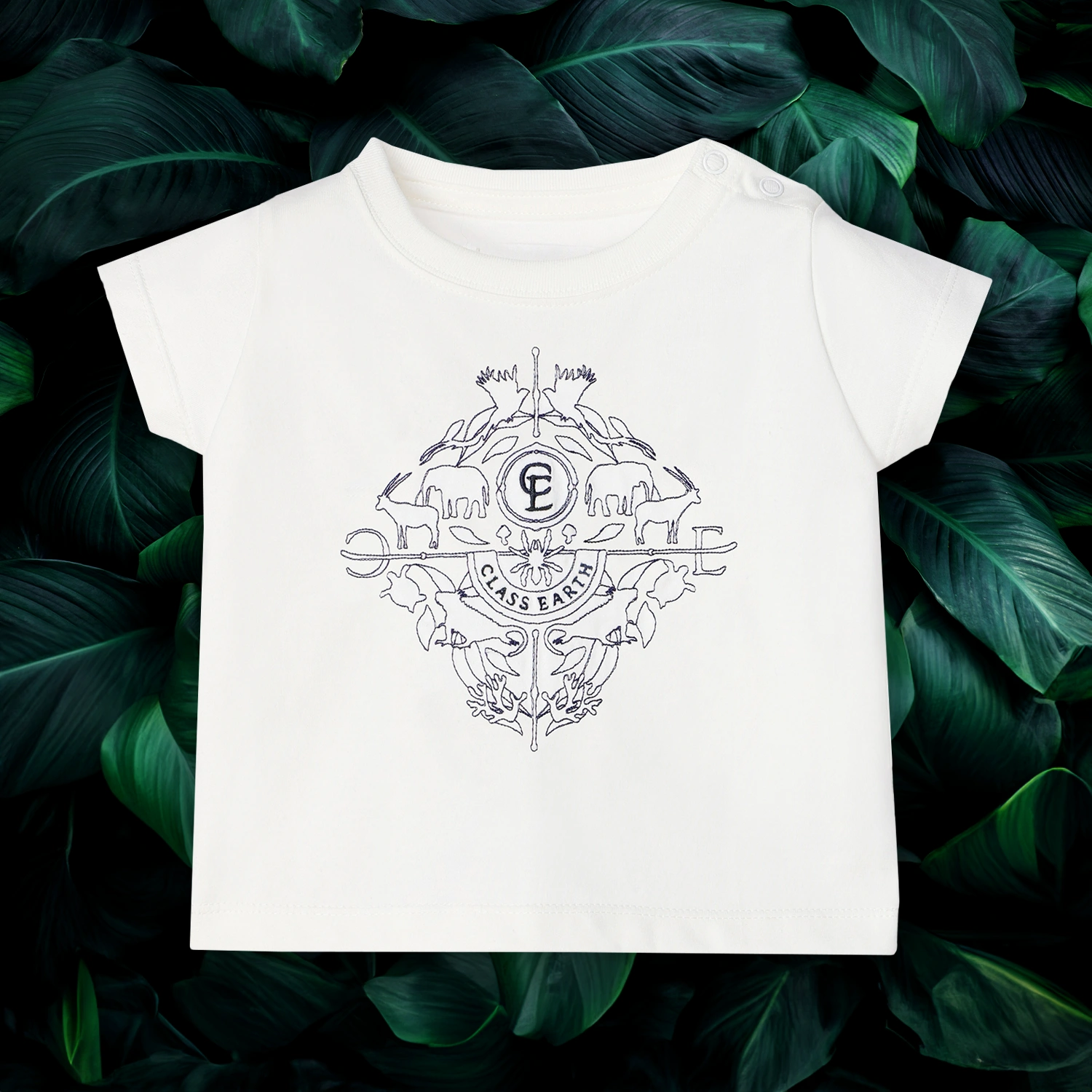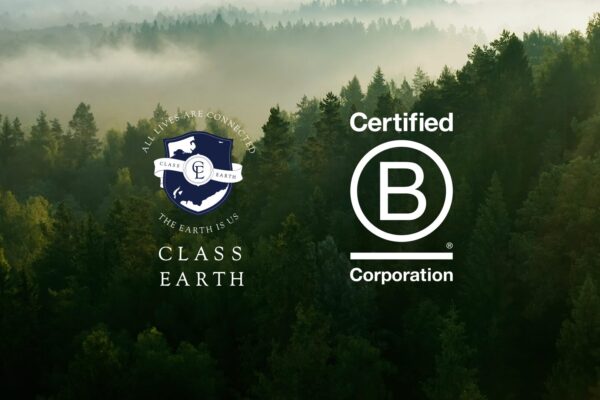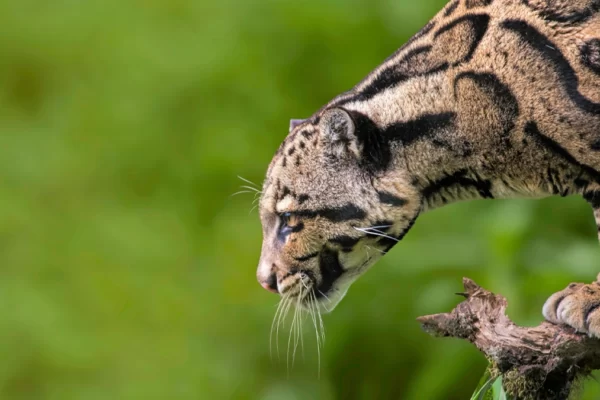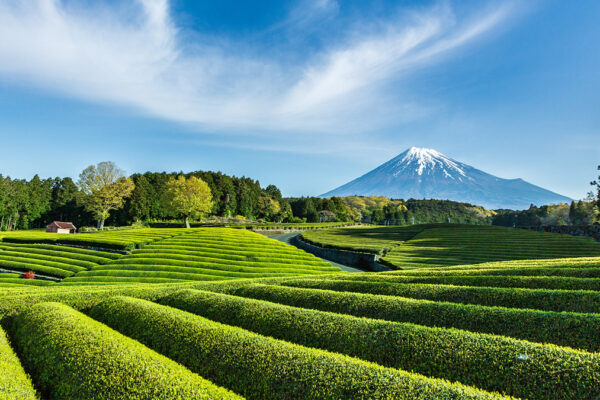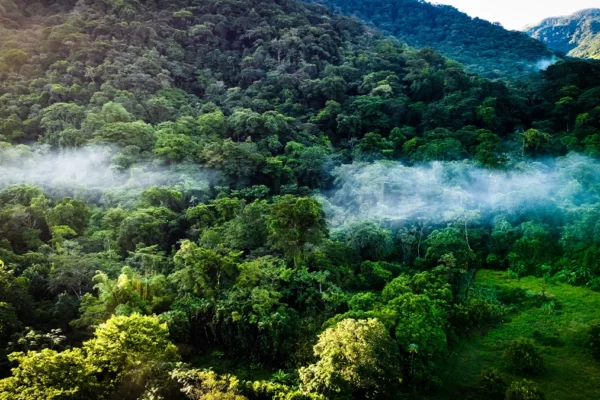Red List
Threatened species are those included in various Red Lists of species that are considered to be in danger of extinction from a biological point of view.
This category does not include species that are unknown or for which there is no data to determine whether they are threatened or not. Therefore, there may be more species than there are numbers.
It is well known that there are ‘endangered species’ all over the world and that their numbers are increasing.
But you probably never thought that you, the human creature, could be on that list.
Now the danger is right in front of us.
Halting biodiversity loss by 2030 is a positive step for nature, and one that can literally leave a future for our children.
This is a digression, but it is often thought that the Red List is called the Red List because red is associated with danger and urgency. In fact, it is called the Red List because the cover of the first booklet produced by IUCN was red.

There is more than one Red List.
Did you know that in addition to the Red List selected by the International Union for Conservation of Nature (IUCN), based in Switzerland, there are actually several Red Lists in Japan, including the Ministry of the Environment’s Red List and the Red List selected independently by local authorities and NGOs?
This is because local initiatives are crucial to the conservation of biodiversity.
For example, if a species is not considered endangered according to global figures, but is threatened in a particular region, immediate action is needed in that region.
It is therefore necessary to monitor global, national and local indicators at different scales.
The Red List is an important indicator of conservation priorities.
The IUCN Red List tends to get more attention in the general news because it is more widely known, but please also look at your local government’s Red List in your area or country to see what you can do in your own back yard.
You may find that some unexpected species are threatened with extinction.
For example, the Japanese endemic Morei-tailed Tree Frog is found over a wide area of Japan and is considered to be at low risk of extinction overall.
However, it is listed as critically endangered in Nara Prefecture, where it is on the verge of extinction, and critically endangered in several other prefectures.
Preventing local extinctions is the first step in preventing the extinction of the species as a whole.
Credit:IKIMONO log (Ministry of the Environment)
https://ikilog.biodic.go.jp/Rdb/
The number of endangered species increases every year
The number of endangered species in Japan currently selected by the Japanese Ministry of the Environment is 3,772 (56 of which are on the Red List of Marine Life).
Research and activities are being conducted to establish a foothold for ecosystem conservation, focusing on those species for which the ecology of the species is known and for which measurement and conservation policies exist.
Red Lists are not updated every year.
For example, the Ministry of the Environment updates it about every five years, while the IUCN updates it from 1966 to the latest edition in 2019, sometimes in one year and sometimes after several years, so the timeframe is not constant.
However, the number of threatened species has increased significantly each time, and the rate of increase has increased each time.
The IUCN has assessed the survival status of more than 150,000 species and predicted their future.
In the latest edition, published in 2019, 42,100 species were listed as threatened.
The Red List Categories and Criteria
The Red List is divided into the following categories.
Changing status is one of the indicators of the state of conservation of ecosystems.
- 【EXTINCT (EX)】
Once a species is extinct, there is no way to do anything about it, unless some surviving individuals can be found somewhere. - 【Extinct in the Wild (EW)】
They are no longer in the wild, but are kept in captivity in sanctuaries and other places.
They may be released into the wild when the population has recovered to a level where they can live in the wild.
Species listed here may change their status in the next Red List, depending on human support. There are eight wildlife sanctuaries in Japan. - 【Critically Endangered (CR)】
It is a species that is in an extremely difficult situation and is classified as close to extinction.
It is a species whose population has declined by 80% in three generations and it will take some proactive decisions, especially from us, to halt its rapid extinction. - 【Endangered (EN)】
Species at very high risk of extinction in the near future; species not as threatened as CR but at high risk of extinction in the near future. - 【Vulnerable (VU)】
Species with a “high risk of extinction in the wild” are on the list. - 【Near Threatened (NT)】
Species that are not currently threatened with extinction but have been identified as having the potential to become threatened in the future, e.g. due to habitat change. - 【Least Concern (LC)】
At the time of the assessment, the species was not threatened and is unlikely to become extinct in the near future.
Critically Endangered is the last line of defence as an indicator that an organism exists in its original wild state.
Species beyond this point have no choice but to be artificially propagated by humans, which is very difficult. Of course, if reproduction is not successful, they will disappear from the face of the earth.
Credit: WWF Japan
The Red List, a list of the world’s threatened wildlife
https://www.wwf.or.jp/activities/basicinfo/3559.html
It all starts with knowing.
Looking at the Red List, the sheer number of species makes many people feel uneasy.
Is there not a lot we can do to help them?
The rapid increase in the rate of extinction is attributed to modern human activities.
The behaviour that has put them at risk must be stopped immediately and transformed into sustainable, ecologically sound economic activities. With today’s technological capabilities, this should not be so difficult.
So why has the situation become such a crisis, and why has progress been so slow in improving and responding to the situation?
We believe it is largely due to a lack of education and knowledge.
We often hear people say, “The environment is important, but human life and safety are too important to help.”
But fundamentally, the SDGs and ecosystem conservation are absolutely necessary to protect our human lives.
With this correct knowledge, both the SDGs and Nature Positive can be addressed ‘for ourselves and our children’ rather than ‘for the planet’.
The environment, society and the economy are one and the same, and if one is distorted, a vicious circle is created.
It is impossible to protect just one of them. If they are properly balanced, a virtuous circle can always be created.
It all starts with knowing.
Be aware of the existence of the Red List and take a closer look at how conservation work is done.

